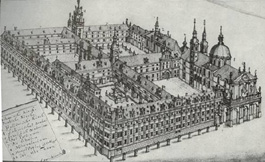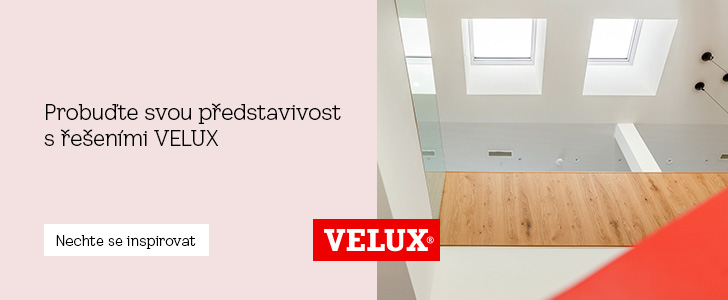
The exhibition presents the reconstruction of Klementinum in the 20th century
 |
| F. B. Werner, view of the Old Town Klementinum, around 1740 (building of the Carlo Lurago college from 1653); source: udu.ff.cuni.cz |
Along with the individual stages of the reconstruction, the exhibition also recalls its author - architect Ladislav Machoň. It simultaneously showcases photographs by Jaroslav Brunera-Dvořáka, whose studio documented the reconstruction of the Klementinum. The exhibition will last at the Klementinum Gallery until May 10.
The Klementinum was built by the Jesuit order between 1560 and 1726 in the extent in which it is known today. By merging fragmented urban development, one of the largest construction complexes in Europe was created.
The Public Imperial Royal University Library has been operating in the Klementinum since 1777, formed from the library collections of the dissolved Jesuit college, which later became the NK. However, it had only a small space within it, as other institutions also operated there, including the archbishop's seminary. In the second half of the 19th century, plans emerged for the construction of a new university library building. Suitable locations were sought, and a plot was chosen on Mariánské náměstí. However, after many years of negotiations for its purchase, the city decided to build its library there.
Subsequently, in 1923, the state decided that institutions located in the Klementinum would be evicted, part belonging to the archbishop's consistory would be purchased, and the entire object would become the seat of scientific libraries after renovation. The architect Ladislav Machoň was tasked with reconciling the needs of a modern library with heritage conservation requirements. Construction modifications began in June 1924 and were carried out during operation until the 1950s. In 1925, a purchase agreement was signed between the state and the archbishop's seminary fund for the western part of the complex around the Révovo courtyard, thereby transferring the entire Klementinum into state hands.
"Although this reconstruction gave the University Library additional extensive storage spaces, there remains a general shortage of space and pressure that restricts further development. Therefore, we see the need for a new review of possibilities and further modifications to the building," wrote Machoň in 1959. The NK had long been highlighting its spatial problems until the leadership at the beginning of the new millennium proceeded with the intention of new construction. The project by architect Jan Kaplický, however, ended due to the reluctance of politicians. The library replaced it with the construction of a depository on the outskirts of Prague, which today offers capacity for another 50 years.
The view of the recent history of the building is, according to the exhibition organizers, relevant at a time when further changes are taking place in the current revitalization, which will be recorded in the construction history of the Klementinum. The revitalization, costing nearly two billion, has lasted several years, including preparations, during which the library has been led by several directors, the most recent, Tomáš Böhm, suddenly resigned from his position two weeks ago.
The English translation is powered by AI tool. Switch to Czech to view the original text source.











